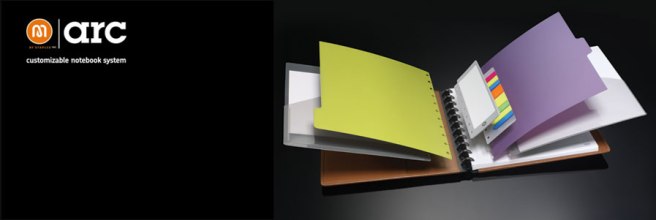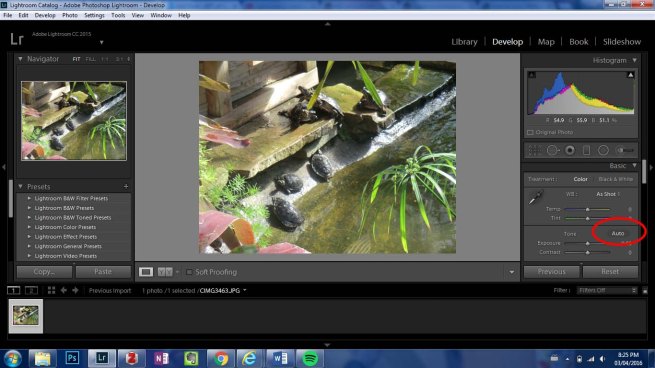“Do you still draw?”
It has been nearly two years since my family packed our 675-sq ft. downtown apartment to move across the country for a new job. Since then, I have been asked that question numerous times by family, friends and colleagues, and I never know quite what to say. My reaction is usually tinged with a bit of embarrassment and surprise that they remember how drawing was once a part of my life. I usually say yes, but not as much. I usually say yes, so they would not be disappointed.
The truth is that I still draw for patients and in operative reports. I scribble, “left” and “right” next to organs that slightly resemble their real-life counterparts. Patients sometimes want to keep the drawings, folding them gingerly and placing them into treasured notebooks they carry with them. Or they will snap pictures with their phones and hand them back. One terminally ill patient wanted to profile it in a book they were going to write someday. I draw little cartoon bears or Pikachu’s for patients (as requested) to mark the site of their surgery, instead of writing my initials, as per operating room protocol. I sometimes get laughs from patients, asking how many times I draw the same thing. I pull out pages of identical drawings from my clipboard that day. While I may not sit and draw for hours like I used to, drawing connects patients with their (or their child’s) condition and what the future may bring. It is something that opens up a dialogue for us to share, rather than being a one-sided lecture from me, their specialist. Still, that is probably not what people are referring to when they ask whether I still draw.
Like so many of my unfinished projects, I will probably get back to drawing again some day when I am ready. I have a revolving list of things that need to get done each day, i.e. what I need to do for my patients, writing reports of what I did, billings, forms, taking the baby to and from daycare, making sure the kids are fed, happy and get enough sleep, and everything in between. Drawing, like hitting the gym or eating more veggies, is in the pile of things that I know that I should do. It is a privilege and pleasure, so naturally, it gets assigned a lower priority.
Last week, I flew to an international medical conference held in San Francisco. I ducked out of the afternoon session on the last day and strolled the streets of the city. Looking up from the sidewalk, I saw a piece of anatomic art turned street art. Delicately drawn flowers with a brain topping each stem. It was a reminder of the beauty of drawing and the joy that drawing once brought to my practice as a surgeon. As I wandered San Francisco, I felt connected to being an artist again, rather than merely a technician.
-LCTL







